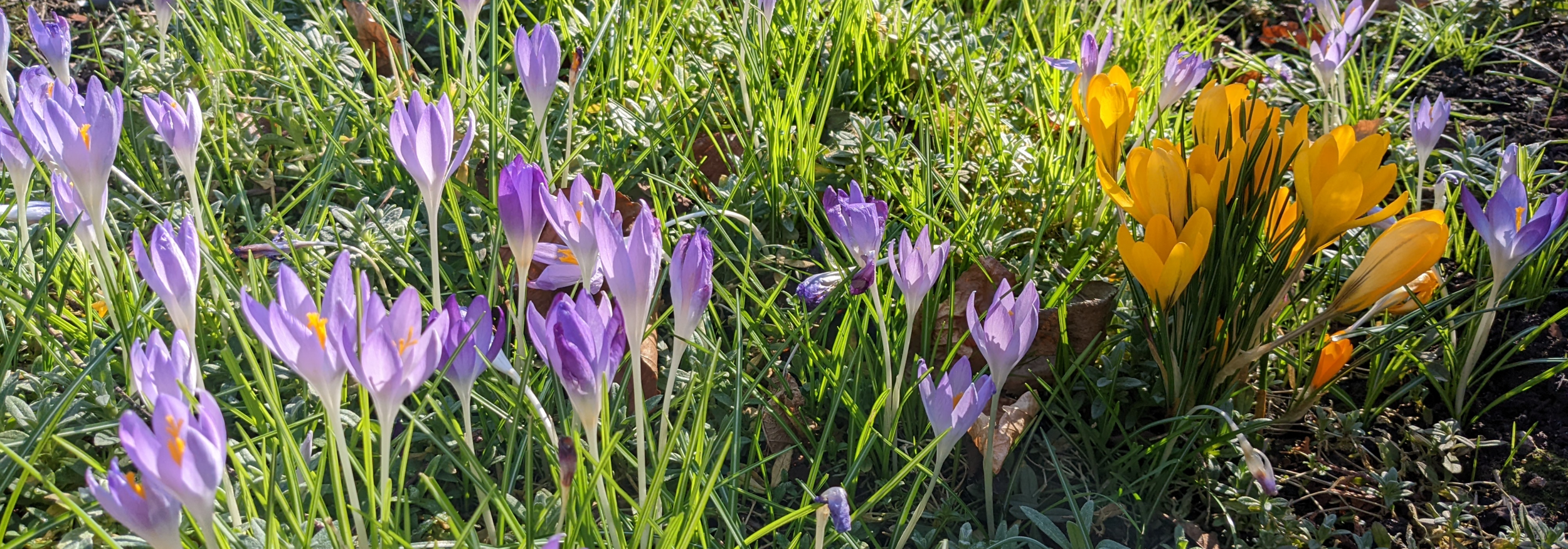Sweet William
/Dianthus barbatus, Charles Dessalines D' Orbigny, 1892, Dictionnaire Universel D'histoire Naturelle.
On a visit to the Savill Garden in Surrey last year, large and dramatic splashes of colour in the herbaceous borders turned out to be groups of sweet William (Dianthus barbatus) plants, some plain, some patterned and all beautifully scented. Part of the carnation family, they originate from Southern Europe and Asia, and probably arrived in the UK sometime in the sixteenth century – we don’t know when, in any detail, because plants had so many different common names before Linnaeus, but the botanist John Gerard used the name sweet William in his 1596 ‘Catalogue of Plants’. Where the common name comes from is a mystery. It has been suggested that they were named after a person, but who? Candidates include Gerard’s contemporary, William Shakespeare (as described in Robert Henry Forster’s poem, ‘Sweet William’), Saint William of York (twice Archbishop of York in the 12th Century) and William the Conqueror. (It has also been suggested that they are named after Prince William Augustus, Duke of Cumberland, who led British forces against the Jacobites at the Battle of Culloden in 1746, but that seems rather unlikely as the name was already in common usage by then).
According to the Encyclopaedia Britannica, some sources claim that the name of the flower can be traced to the writings of Thomas Tusser, a 16th-century poet and Essex boy, born in Rivenhall, around 1524, but I cannot find any evidence of this. Maybe a reader can?
Finally, on the naming front, ‘william’ could be a corruption of the French word, oeillet, meaning both "carnation" and "eyelet". In France, the sweet William is known as oeillet des poètes. Other common names in the UK include London pride (which makes me think immediately of Saxifraga × urbium), bloomy down and bearded pink.
Now to the gardening section! Sweet Williams are a member of a small (far less common than annuals or perennials) group of plants called biennials, which include many of our common garden plants including some vegetables. Biennials take two years – or at least two summers - to complete their biological life cycle. So, the year they are sown they develop strong vegetative structures (roots, leaves & stems), only sending up their flowering shoots in the spring of the second calendar year. Some plants will survive beyond that, but it is best to plant anew each year to ensure strong plants and lots of flowers. Mid-summer is a perfect time to sow biennial seeds. They can be sown straight into the ground where they are to flower (if hardy, do refer to the seed packet), or in a seed bed and transplanted to their final growing site in early autumn. Sweet Williams should be planted 30cm apart.
If you have any of the following plants in your garden, you already have biennials, and I find that these species seed themselves all over the place (though almost always in the wrong place!) - honesty (Lunaria annua), sweet rocket (Hesperis matronalis), foxglove (Digitalis purpurea), common mullein (Verbascum thapsus), forget-me-not (Mysotis sylvatica), and hollyhock (Alcea rosea). Some biennials aren’t reliable self-seeders, including sweet Williams, parsley (Petroselinum crispum) and wallflowers (Erysimum cheiri), so it is best to sow seeds of these each year. I’m off to get my seed packets this weekend!


